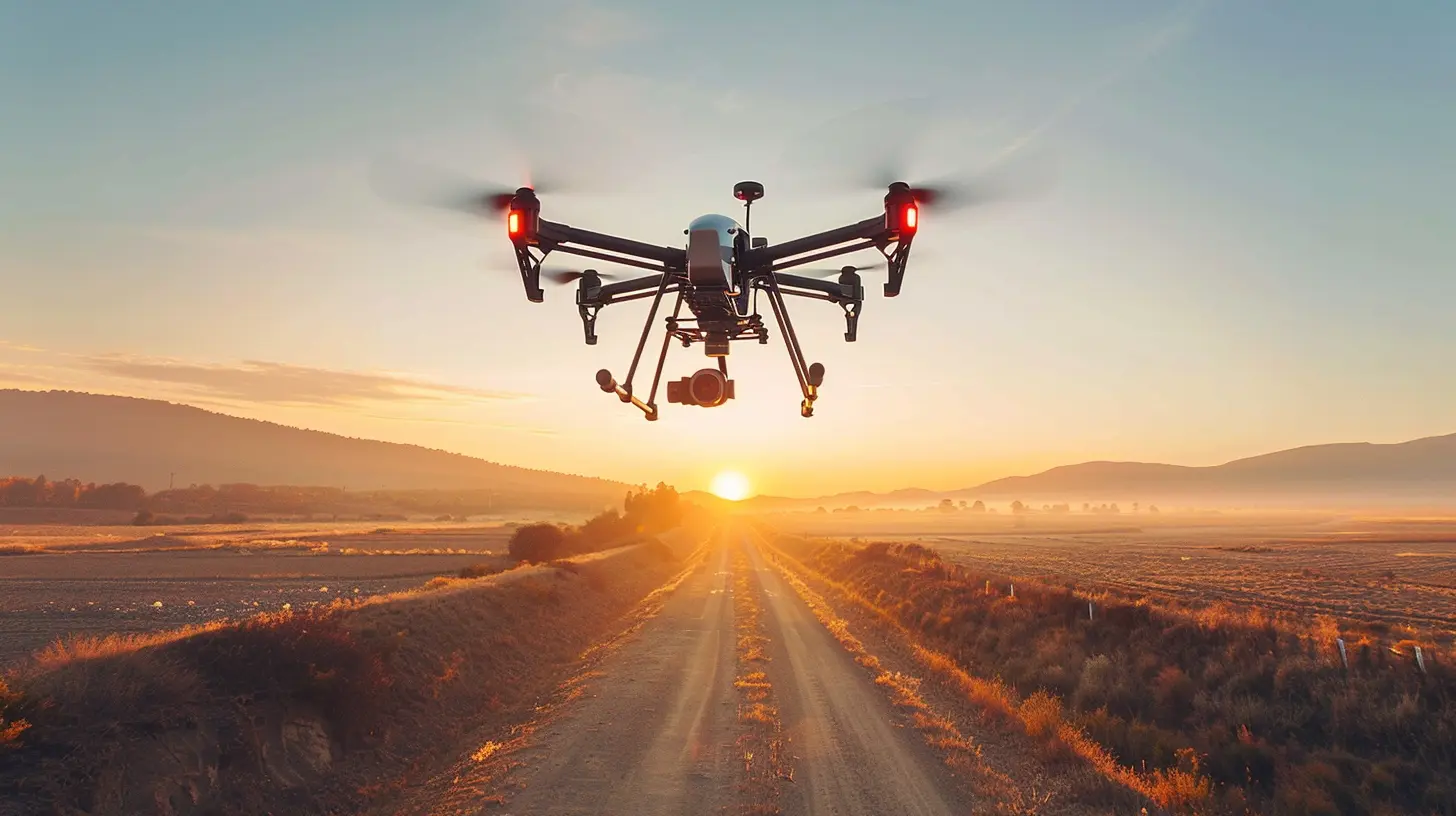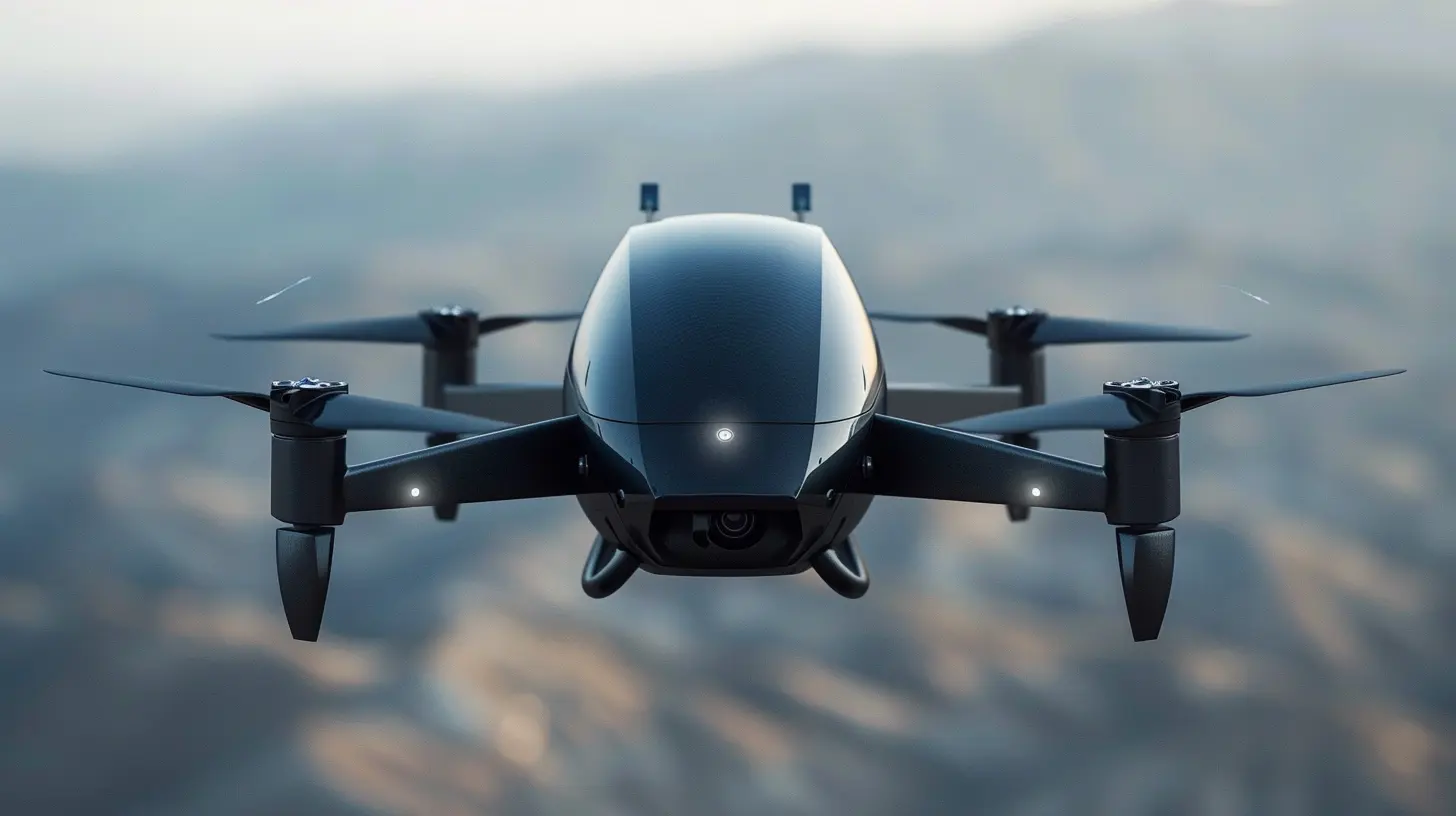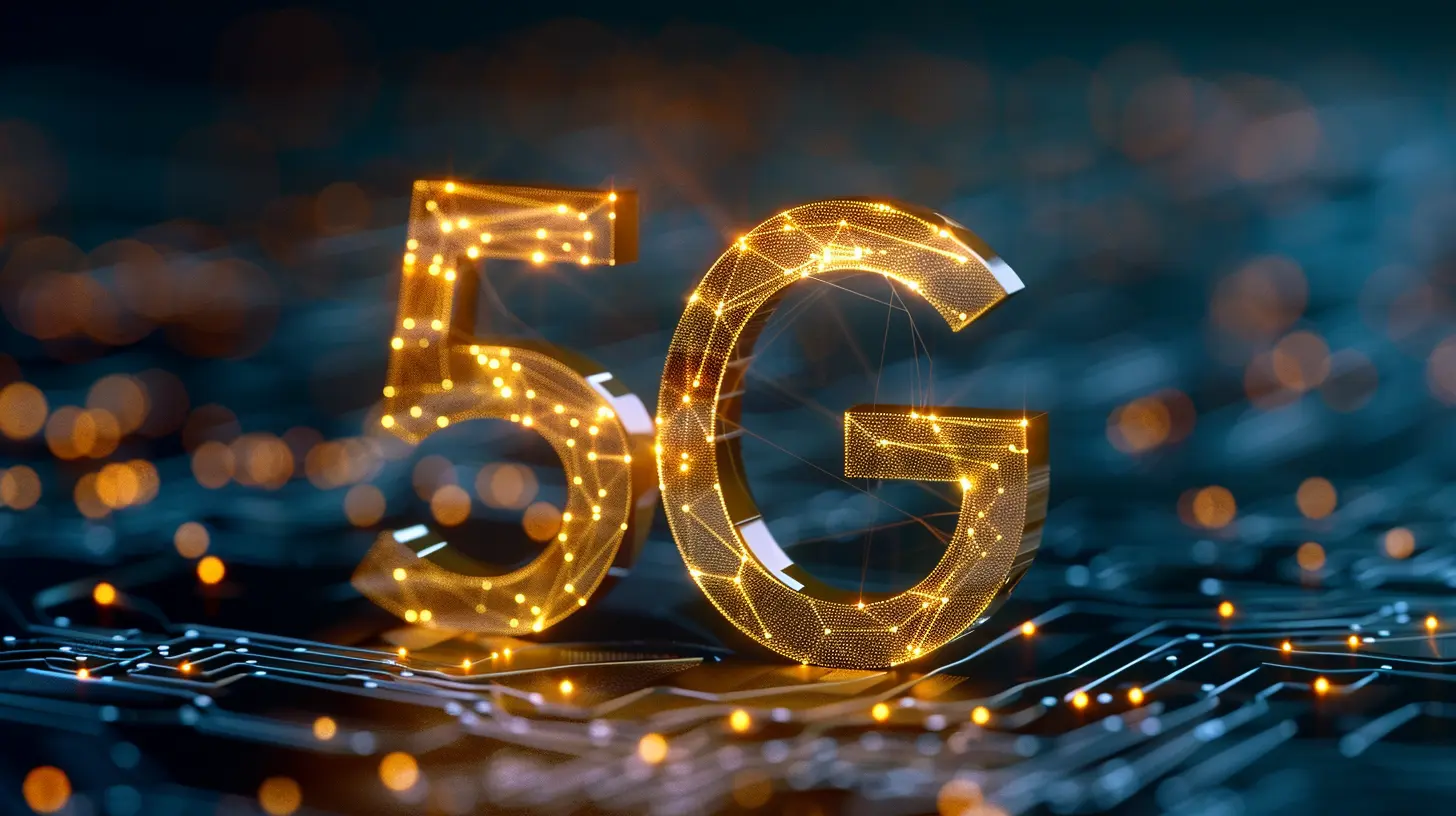How 5G is Helping Shape the Future of Drone Technology
3 November 2025
Let’s face it—drones are no longer just cool gadgets for hobbyists and videographers. They’re becoming essential tools in industries ranging from agriculture and real estate to emergency response and infrastructure inspection. But here’s the thing: drones are only as good as the data they can send and receive. And that's where 5G comes striding in like a superhero with a shiny cape.
The fifth generation of wireless tech isn’t just a step up from 4G—it’s a massive leap forward. We're talking lightning-fast speed, incredibly low latency, and the ability to connect a crazy amount of devices at once. So, when you mix drones with 5G, you're basically supercharging the skies. Ready to find out how? Let's take a deep dive into how 5G is helping shape the future of drone technology 👇
The Game-Changer: What Exactly Is 5G?
Before we tie the knot between drones and 5G, let’s quickly break down what 5G actually is.In simple terms, 5G is the latest generation of mobile networks. It’s faster—10 to 100 times faster than 4G. It has ultra-low latency—meaning data is sent and received almost instantly. And it can handle more devices without slowing everything down.
Imagine driving on a congested highway (4G). Then picture cruising down a wide, empty express lane with zero traffic (5G). That's the sort of experience we’re talking about.
Now, plug that into how drones operate—and bingo—we’ve got some serious upgrades happening.
Why Drones Need 5G (Like, Seriously)
1. Real-Time Data Transmission
One of the biggest game-changers with 5G? Real-time video and data transmission.Drones are used for everything from surveying construction sites to live broadcasting events. But with older networks, there’s always that annoying lag between what the drone sees and what the operator sees. With 5G’s ultra-low latency (we’re talking as low as 1 millisecond), that delay is practically gone.
That means cleaner communication, quicker decisions, and more accurate data. In critical scenarios like search and rescue, every second saved can literally be life-saving. No exaggeration.
2. Remote Piloting & Beyond Visual Line of Sight (BVLOS)
Right now, most drones need to be flown within the operator’s visual line of sight. Why? Because networks can’t keep a stable connection at long distances. But here’s where 5G flips the script.With reliable, high-speed connections, pilots can control drones from miles away. This is called Beyond Visual Line of Sight (BVLOS), and it’s a big deal. Especially for:
- Pipeline inspections in remote areas
- Monitoring vast agricultural fields
- Delivery drones navigating over cities
Imagine sitting in a control center in New York while flying a drone inspecting a solar farm in Nevada. Yeah, that’s the kind of sci-fi turning into real life thanks to 5G.
3. Enhanced Autonomy & AI Integration
5G is like the perfect wingman for Artificial Intelligence. Drones equipped with AI can make decisions in flight—like identifying a crop disease or avoiding power lines. But to be truly autonomous, they need a steady stream of data flowing back and forth between the drone and the cloud.That’s where 5G steps in.
With high-speed, low-latency communication, drones can crunch data on the cloud in real-time. They don’t need bulky onboard processors, which saves weight, battery life, and cost.
It's like giving your drone a brain in the cloud that’s always on call.
Industry Impact: Where 5G-Powered Drones Are Changing the Game
Alright, we’ve covered the "how". Now let’s talk about the "where".Agriculture
Farmers are already using drones to map crops, spray pesticides, and monitor field health. But toss 5G into the mix, and now you’re getting real-time analysis of crop health, immediate alerts about irrigation issues, and automated drone fleets working together like a swarm of high-tech bees.Smart farming? More like genius farming.
Logistics & Delivery
We’ve all heard about drones delivering packages. But let’s be real—nobody wants their coffee dropped in the wrong backyard.With 5G, drones get pinpoint GPS accuracy, obstacle detection, and live traffic updates. That means safer flights, smarter routes, and faster deliveries. Amazon, UPS, and even pizza chains are watching this space closely—and putting their bets on 5G.
Emergency Services
When disaster strikes—like wildfires or floods—response time is everything. Drones can reach places that humans can’t. Add 5G, and now they’re flying with real-time thermal imaging, live-streaming data to rescue teams, and even delivering medical supplies to inaccessible areas.They’re not just tools anymore—they’re teammates on the frontlines.
Construction & Infrastructure
Inspections used to mean halting work and putting people in risky positions. Now? Drones outfitted with 5G can scan buildings, bridges, even entire construction sites, in real-time—sending data directly to engineers.Think of it like having eyes in the sky that never blink.
Challenges on the Radar
Of course, nothing’s perfect. Even though 5G and drones are a power couple, they’ve still got some hurdles to jump.Coverage Limitations
5G isn’t available everywhere yet. Especially in rural or remote areas where it's actually most needed for drone ops like agriculture or oil pipeline inspection. Rolling out the infrastructure will take time.Privacy and Regulations
Let’s be honest—more advanced drones flying farther with better cameras? That’s gonna raise eyebrows. Governments are still figuring out how to balance innovation with privacy and safety.Power Consumption
5G is fast but power-hungry. Drones have limited battery life as it is, and sustaining a 5G connection can eat into that juice. Fortunately, better battery tech is in the works—but it’s still catching up.The Future Looks Sky-High
So yeah, 5G isn’t just a faster way to stream TikToks—it’s the backbone of a future where drones are smarter, faster, and way more useful.We’re talking drone taxis zipping you to work. Aerial delivery systems making same-hour shipping a real thing. Entire fleets of drones managing forests, farms, and cities autonomously.
And that's only scratching the surface.
With 5G, the sky’s not the limit anymore—it’s the launchpad 🚀
You might not see a swarm of drones flying overhead today, but give it a few years. As 5G networks expand and drone tech keeps pushing boundaries, we're going to see a revolution in how we use airspace. Whether it's helping the environment, delivering vital supplies, or just making our lives easier, drones + 5G is the combo we didn’t know we needed.
Final Thoughts
If you’re in tech, agriculture, logistics, emergency services—or heck, even just a drone enthusiast—5G is something you should have on your radar. It’s not a passing trend. It’s the foundation for a new era of drone applications we’re only beginning to understand.And let’s be real—it’s going to be wild watching it happen.
all images in this post were generated using AI tools
Category:
5g TechnologyAuthor:

Adeline Taylor
Discussion
rate this article
1 comments
Fleur Warner
5G: the magical elixir turning drones into high-flying tech geniuses! With lightning-fast connections, they're not just buzzing around aimlessly anymore. Who knew our future airspace would look like a tech convention? Just wait until they start delivering pizza at the speed of light!
November 6, 2025 at 11:42 AM

Adeline Taylor
Absolutely! 5G is revolutionizing drone capabilities, enabling real-time data sharing and enhanced automation, paving the way for innovative applications like rapid pizza delivery. Exciting times ahead!


